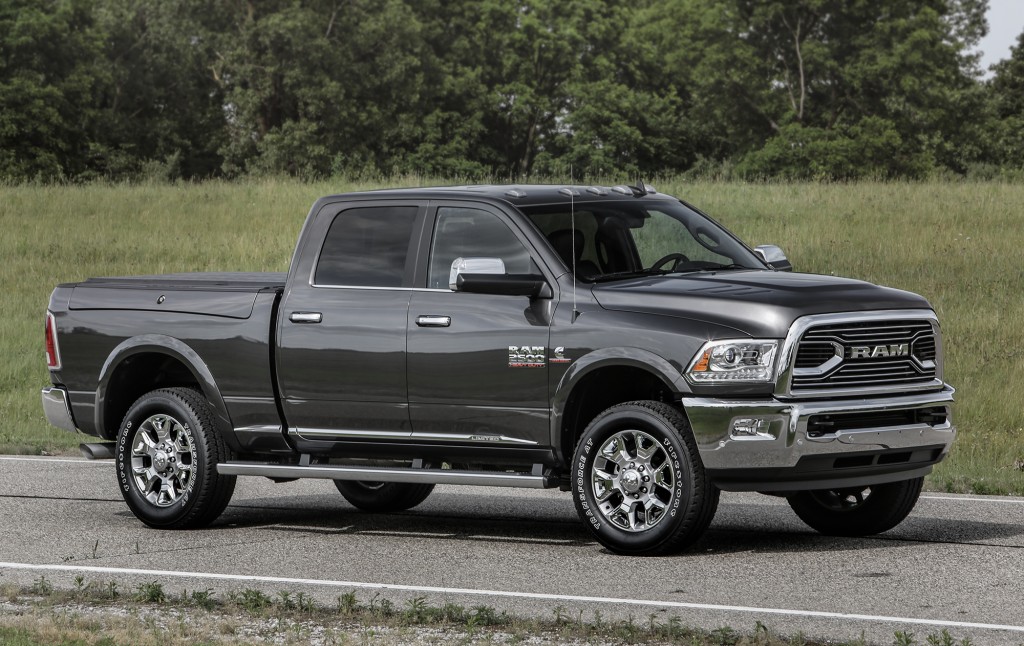With auto-industry lobbyists pushing to have the Trump Administration roll back current and future emission and fuel-economy rules, automakers clearly see the new U.S. regime as more friendly to the needs of business.
And it's possible that indeed, the EPA's vehicle emission limits, the NHTSA's fuel-economy rules, and various other regulations (on safety, on dealer-financing practices, and more) could well be suspended, rolled back, or eliminated.
But there is risk for U.S. automakers in particular if that happens.
CHECK OUT: Ford will ask Trump to cut fuel-economy rules, CEO says; 'no demand' for hybrid, electric cars
As an article in The Detroit News today underscores, the rest of the world—whose governments largely accept the scientific consensus of climate change—has no intention of rolling back its own emission limits.
Which are, in many cases, far tougher than even those currently in place for 2025 model-year vehicles in the U.S.
"The U.S. doesn’t exist alone in the global market," notes The Detroit News, "and electrification and other developments are being led by Western Europe and China."

2017 GMC Sierra 2500 HD All Terrain X
Moreover, as the Associated Press noted yesterday, the political mood among some members of the European Union is turning from a wait-and-see attitude toward one of defiance.
The dozen or so largest global vehicle makers sell their most popular models of passenger cars and utility vehicles in multiple markets across many dozens of countries around the world.
Those vehicles differ significantly in their powertrains, the degree of safety protection and features offered, and their emission and fuel-economy performance.
DON'T MISS: Trump's EPA head Pruitt: climate-science denier who sued the EPA many times
But a slackening of U.S. standards will only increase the difference between models sold in North America and those for the rest of the world.
That's not necessarily an unalloyed blessing for automakers, who in their dreams would only have to sell one or two varieties of the same car worldwide.
And with China now a far larger new-vehicle market than the formerly dominant U.S., the risk of having to spend precious capital on an increasingly divergent vehicle lineup to satisfy U.S. buyers is not to be minimized.
Both China and the EU have stringent goals for much lower tailpipe carbon emissions, and China explicitly wants a notable portion of new cars sold to plug in and run on grid electricity.

2017 Ram 2500
Slackened U.S. standards, in other words, run the risk of moving a U.S. market that's already less important than it was 20 years ago even further from the global mainstream.
U.S.-style full-size pickup trucks—the most profitable vehicle lines sold by Fiat Chrysler, Ford, and General Motors—are already irrelevant in any major market outside North America.
If the automakers get what their lobbyists are asking for, in other words, it's possible that the Trump administration may be easing a short-term burden only to hurt their global economies of scale in the long run.
Time will tell, as will any spike in global fuel prices.
Green Car Reports respectfully reminds its readers that the scientific validity of climate change is not a topic for debate in our comments. We ask that any comments by climate-change denialists be flagged for moderation. Thank you in advance for helping us keep our comments on topic, civil, respectful, family-friendly, and fact-based.
_______________________________________













